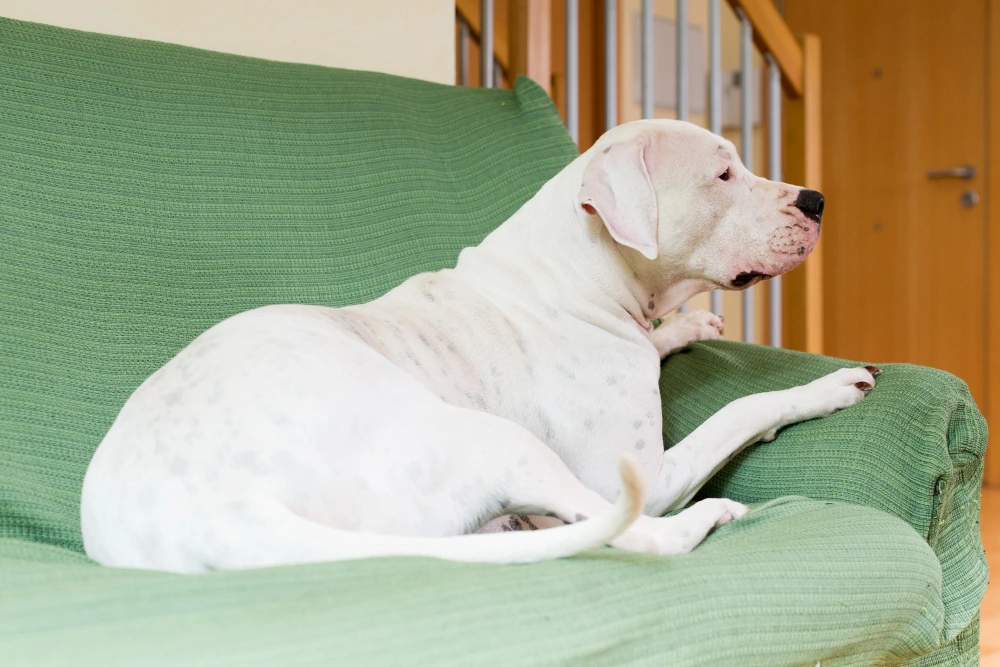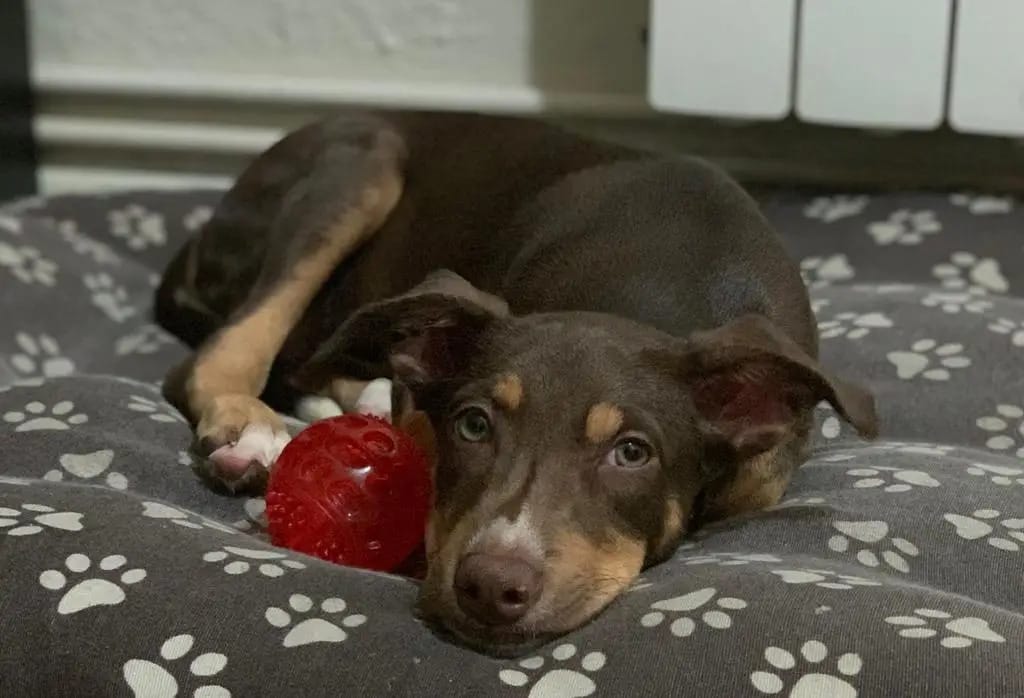
Hello Soletes!
Adopting a dog is an exciting time, but also a big change for the animal and its new family. Knowing how to receive an adopted dog at home is key to making their adaptation as smooth and positive as possible. From preparing the home to managing their first nights, this post will give you all the keys to make the process a success.
Before adoption: key preparations for your arrival
Before the dog gets its paws on its new home, everything must be prepared to avoid unforeseen events and reduce stress.
1. Adapt your home to an adopted dog
Every dog is unique, but they all need a safe space where they feel comfortable. To do this:
- Define a specific area where it will rest at first. It can be a quiet corner with its bed, away from noise and passageways.
- Removes dangerous objects such as loose cables, accessible cleaning products or toxic plants.
- Prepare your basic kit with feeder, drinker, bedding, toys and treats.
- Establish ground rules with the familyWill they be able to get on the sofa? Will they have access to all the rooms? It is important that everyone respects the same rules from the start.
2. Consider your background and needs
Not all adopted dogs have the same background. Some come from shelters, others from foster homes or difficult situations. This is essential:
- Ask about your temperament and previous experiences (does he like people? has he lived with other dogs?).
- Know if you have any phobia or sensitivity to avoid situations that may frighten you.
- Know your energy level and previous routines to make the transition smoother.

Adoption day: how to bring it home stress-free
The first contact with their new home will mark their adaptation. Here are the key steps to get it right.
3. How to pick up an adopted dog?
When you go to pick it up:
- Avoid going with too many people. It is best to bring only the people you will be living with.
- Wear on a leash and secure harness. to prevent it from running away out of fear or excitement.
- If travelling by car, use a dog carrier or seat belt. to feel protected.
- Avoid unnecessary stops: going straight home without interruptions will minimise your stress.
4. First steps when you get home
When it arrives, ideally:
- Give it a quiet ride around the house without forcing him to explore everything at once.
- Show you your spaceShow him where his bed, food and water are.
- Do not harass him or her with caresses or visits.. It is normal to be suspicious or tired at first.
- Avoiding too many stimuli such as loud noises or presentations with many people at once.
After arrival: adapting in the first few days
The first days at home are crucial for their integration process.
5. Where should a newly adopted dog sleep?
Rest is key for the dog to feel safe. We recommend:
- Place your bed in a quiet placewithout draughts or excessive noise.
- Do not change your resting place continuously to get used to it.
- If she cries the first night, avoid reinforcing her anxiety.. You can talk to him gently, but without taking him out of his space so that he learns to calm down on his own.
- If sleeping in a cage or carrierThe new system must be well adapted to it beforehand.
6. Adopted dog's first night at home: what to expect
The first day at home is a big challenge. It is normal for the dog:
- Have no appetite or eat little.
- Be restless, sniff and explore your environment relentlessly.
- Find a corner to hide in or be shy.
- Whine at night due to the change of environment.
It is best to give it time and do not force him to interact more than he wants to. A calm tone of voice and predictable routines will help him gain confidence.

7. How long it takes for an adopted dog to adapt to a new home
There is no exact answer, but in general:
- The early days are usually exploratory and somewhat distrustful.
- In two weeks is already beginning to recognise routines and feel more comfortable.
- From three months onwardsMost of the adopted dogs have fully adapted to their new home.
The process may take longer if the dog has had traumatic experiences, but with patience and positive reinforcement, integration will be achieved.
8. Different behaviours of an adopted dog and how to deal with them
Each dog is unique, but there are certain behaviours that are common in adopted dogs:
- Excessive attachment: if he wants to be always attached to you, gradually establish moments of independence.
- Excessive fear: avoid forcing him into new situations and allow him to explore at his own pace.
- Indoor marking: may be insecurity. Reinforce frequent outings and praise when he goes outside to relieve himself.
- Lack of interest in playing or eating: give it time, avoid nagging and make sure it has a calm environment.
9. How long does it take for a dog to accept another dog?
If you already have another dog at home, presentation is key to avoid tension:
- Hold the first meeting in a neutral spaceThe aim is to reduce territoriality, such as a park.
- Let them sniff each other without forcing interactions. and observe their body language.
- At home, supervise the first days and give each dog its own space.
- Don't compare them or force the relationship. They may take weeks to get along or simply tolerate each other without being great friends.
How to make it easier for an adopted dog to adapt at home
Knowing how to receive an adopted dog at home is the key to a successful adaptation process. Preparing the home, giving him a calm welcome and respecting his pace will be key to making him feel safe in his new environment. Patience, stable routines and positive reinforcement will ensure that, in a short time, he will go from being a newcomer to a member of the family.
At Wow Eventswe are specialists in canine education in Madrid and we can advise you at every stage of the process: from adoption to adaptation and improvement of certain behaviours, always from a positive and respectful approach. If you need help to help your dog adopt new routines or overcome fears, we will be happy to guide you.



